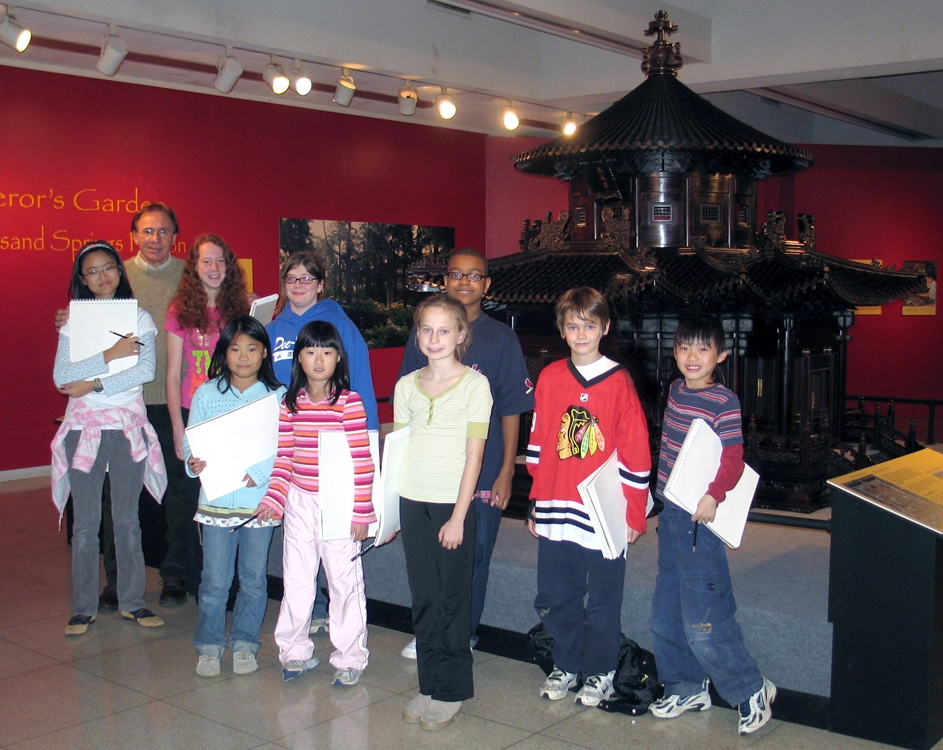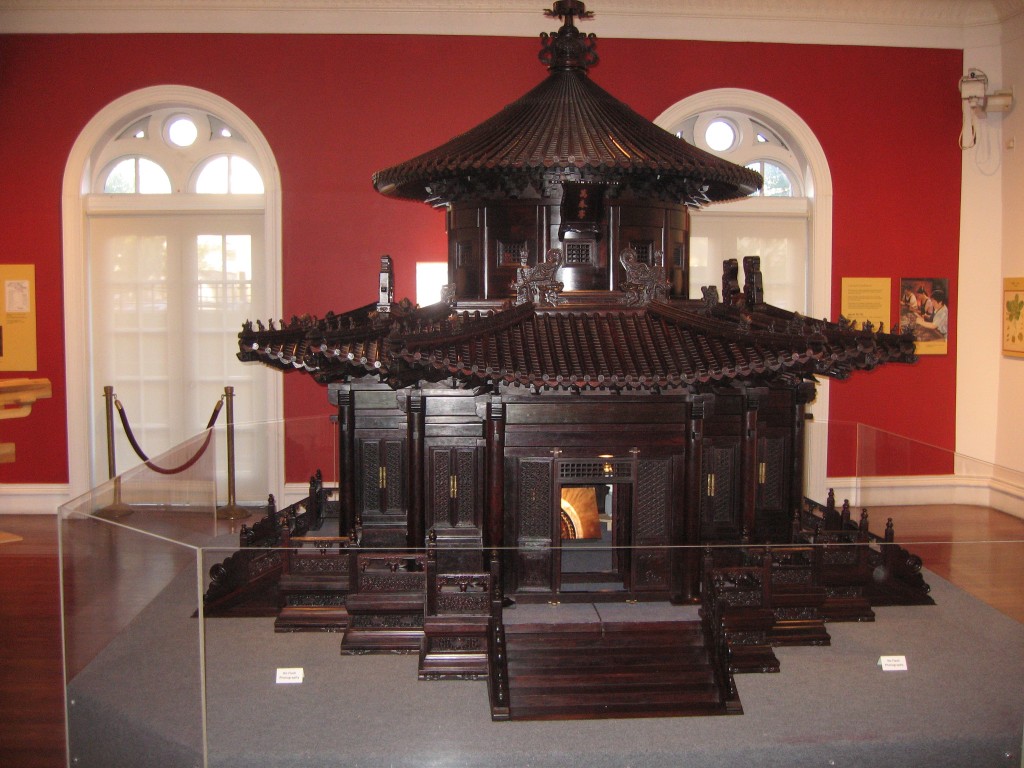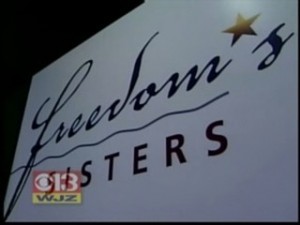Special thanks for this guest post to Latasha M. Richards, collections manager at York County Culture & Heritage Museums, a Smithsonian Affiliate in Rock Hill, South Carolina.
The idea to visit the Smithsonian came to mind while I worked on ways to improve and better utilize the current collections storage space at the York County Culture & Heritage Museums (CHM). As the collections manager for CHM, I knew such an opportunity to learn from Smithsonian staff would allow me to gain valuable information to help my museum move forward with its own ideas to renovate one of our current collections storage facilities.

Emily Kaplan, conservator, at the NMAI Cultural Resources Center shows Latasha the textile storage units.
Anyone who has gone through this type of process, particularly when it calls for moving large amounts of the collection, knows what a challenge such projects present. From the beginning, the CHM collections staff decided that talking to other professionals who have gone through similar activities would be one of the best ways to get a clear picture of just what to expect from the process. Thanks to CHM’s participation in the Smithsonian Affiliations program, I was able to do just that.
I contacted my Smithsonian Affiliations National Outreach Manager, Caroline Mah, to talk about our collections storage renovation project and just what I hoped to gain from a visit to the Smithsonian. She worked hard to ensure that she had a clear understanding of just want I was hoping to see and learn, and was able to set up tours for me with staff at the National Museum of the American Indian Cultural Resources Center (NMAI) and the Smithsonian American Art Museum.

Compact storage at NMAI Cultural Resources Center.
Caroline and I met Raj Solanki, registration loan specialist, and Emily Kaplan, conservator, at the NMAI Cultural Resources Center in Suitland, Maryland on the first day. After a tour of the collections space, they summarized their experiences moving the collection from its previous facilities and what they loved or would change about their building if given the chance. They recommended using a bar code system to track objects during relocation, a system that proved to be a successful process for them. Emily and Raj also made recommendations for various vendors and professionals that they worked with and sent me a copy of NMAI’s “The Move Procedure Manual” which details the procedures used in their move.
The next two days were spent at the American Art Museum’s two different storage facilities–one located near the museum in D.C., and the other a short distance away in Maryland. I met with Denise D. Wamaling, collections manager, and James Concha, collections manager for painting and sculpture. Both had worked together when the American Art Museum had to relocate its collection to new facilities. Denise and James oversee different aspects of the collection so the needs for their individual spaces were unique. They emphasized how important it is to work as a team throughout the entire process because it made things run more smoothly. Denise gave recommendations on how to plan the space by taping-off areas of the floor to represent where storage equipment and workspaces would be located as well as making life-size cutouts to make sure objects could be moved not only through doorways but also within the collections space as a whole. When speaking with James, he emphasized just how important it was to manage workspace and supplies while moving. He noted that things can get overwhelming with boxes, crates, and supplies everywhere and that it was important to coordinate when things were being moved and when the supplies would be available so that everything ran smoothly and efficiently.

More compact storage at NMAI Cultural Resources Center.
Overall, the trip was incredibly helpful. Some of the information was already somewhere in my thought process but in talking with other professionals who had actually gone through the experience it reaffirmed my ideas or recalled things to memory. By touring all of the facilities, I saw different ways to store various objects that I had not thought of or seen before, which will be invaluable when it comes to planning our new space. I know I have options. Lastly, I was so pleased and appreciative to the Smithsonian staff for not only taking the time to speak to me during the winter holiday season but with how generous they were with their knowledge. I walked away from the experience with new contacts, lists of potential vendors and professionals that I can work with, and a reminder of just how small the museum community is and how important it is to share our thoughts and experiences with one another.
If you are an Affiliate staff member interested in planning something similar, contact your Smithsonian Affiliations National Outreach Manager for details.





















